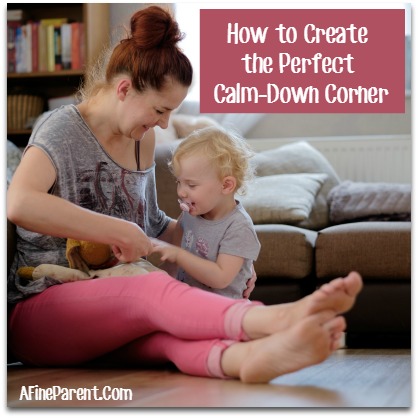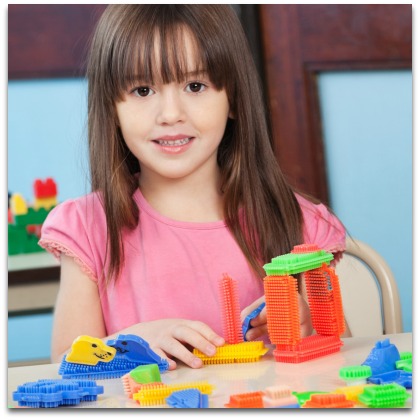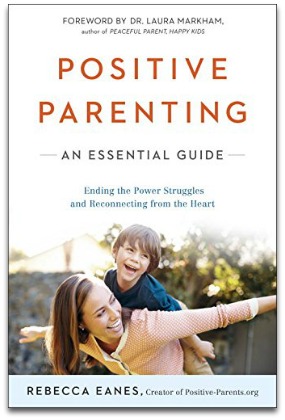 A calm-down corner (or area; it doesn’t have to be in a corner) is a place for angry and upset children to go to engage their minds and release their anger. I used this when my children were little in place of time-out because time-out didn’t work for my sensitive son. Here, I’ll show you how to make the perfect calm-down corner for your child that you can put together today and start to use right away.
A calm-down corner (or area; it doesn’t have to be in a corner) is a place for angry and upset children to go to engage their minds and release their anger. I used this when my children were little in place of time-out because time-out didn’t work for my sensitive son. Here, I’ll show you how to make the perfect calm-down corner for your child that you can put together today and start to use right away.
The Purpose
Becoming and remaining calm during anger is an important skill for children to learn. When we are angry, something significant happens in our brains. We experience an “amygdala hijack” and the primitive part of our brain is activated.
This is the fight, flight, or freeze response.
When we are in our primitive brains, we have limited access to logic and reasoning. We are quick to react without thinking it through. We just aren’t able to think clearly. If you want a more scientific explanation of what happens to the brain when you’re angry, check this out.
The purpose of the calm-down corner is to get out of fight or flight and engage the thinking part of the brain again. Until the anger has subsided, a child can’t really learn the lessons we want to teach about why their behavior is unacceptable and what they should do instead. (The reason why time-out doesn’t work for many children is because it is perceived as a threat or causes further feelings of anger and fear which just keeps the child locked in their primitive brain!)
The Feel
This is not a punitive space that the child is banished to for a set number of minutes. Young children will most likely need help from an adult to calm down. This should be a soothing and inviting space – not at all threatening. Objects in the space should be familiar and engaging.
When to Use It
- During a tantrum
- When a child is being aggressive
- When they are fighting with siblings
- When they are showing the beginning signs of anger (clenched jaw, reddening face, raising voice). Teach children to recognize these signs.
What’s in the Corner?
 Everyone’s corner looks a little different because it should be tailored to suit your individual child, but I’ll show you mine! Here are the major components of a great calm-down corner.
Everyone’s corner looks a little different because it should be tailored to suit your individual child, but I’ll show you mine! Here are the major components of a great calm-down corner.
*Comforting: My son loved his penguin Pillow Pet, so that provided a comfortable place to sit with something that he enjoyed. You can use pillows, cushions, blankets, or even a rocket ship!
*Sensory: Some children are soothed with sensory activities. I made a batch of colorful rice scented with a drop of lavender essential oil. There were hidden gems and a couple of spoons for digging around in the rice with. Alternatively, my youngest had small balloons to pop. That would scare some kids, but it really helped to shift him out of anger. Others may like to rip construction paper or blow into a crushed plastic bottle.
*Calming: I made one of the calm-down glitter jars that are all over Pinterest and both of my kids loved to shake it and watch it swirl around. The goal is to shift the mind to something besides the upset, and watching the glitter focuses the mind and brings it to the present moment.
*Engaging: I had board books to look through and also paper and markers for drawing or scribbling. Your child may like small stuffed animals, a coloring book, or toy cars.
After They Are Calm
This is when you let her know that her behavior wasn’t acceptable, why it wasn’t acceptable, and teach the skills she needs to do better the next time such a situation arises. This may mean role-playing the scene over with her, each taking turns being the child who got angry to show her how to notice signs of anger in her body and how to manage those feelings. Teach her how to handle whatever incited the anger. If she got angry at her brother over a toy, teach conflict resolution skills.
These are skills that take a while to learn, so understand that her brain is still growing and developing, and she may not yet be able to control herself all the time. With time and practice, she’ll be able to start using the calm-down corner all on her own and self-regulate.
FAQ:
My child hates the calm-down corner! What do I do?
Don’t use it! If it doesn’t feel safe and soothing, it isn’t going to serve its purpose. Anywhere there are the open and tender arms of a parent, there is a calm-down corner.
She won’t even look in the box because she’s kicking and screaming! How do I get her to use it?
Visit the calm-down corner during times she isn’t angry or upset. Be super positive about it and all the fun stuff it has. Let her become familiar with the jar and make sure it contains items she likes and finds comforting and engaging. Change out the books and sensory materials every so often so it’s interesting.
I have more than one child! I can’t leave all my other children alone while I soothe the angry one for 20 minutes! How do I handle this situation?
There are a few options and no easy answers to this one! You could set up more than one calm-down area, which is something I did for a while and used when they were having a spat. I literally just went back and forth between them, and luckily it worked out well. Alternatively, you could invite your other child(ren) into the space as well and they can be looking through the books while you hold the upset child and watch the swirling glitter in the jar together. Of course, there may be times when you just cannot sit and help a child through it at that particular moment, and so you’ll encourage them to sit independently until you are able to assist if they need it. Parenthood is rarely clear and easy-peasy. We just do the best we can!
Wait, Isn’t This a Reward for Bad Behavior?
Look at it like this. Do you know those times when you’re really getting mad, and you feel like you’re about to blow your top on your kids, so you excuse yourself for a time-out in the bathroom to get yourself under control? Those few moments in the bathroom aren’t your reward for getting angry, they’re your coping skills for this normal human emotion.
This is teaching children coping skills. Because their brains are still underdeveloped, they need our help. They need us to be their logical thinking brain that helps them return to calm and reason until they are mature enough to do it themselves. Young children often can’t do it alone.
I wrote this in an article for Creative Child Magazine:
“I think, culturally, we need to move past the idea that too much love rewards or spoils children. This idea damages our relationships and leads us to treat unfairly those who are newest among us. Children do not enter the world with bad intentions. They do not come to wear us out, test our limits, or seek control. They come with a need for love and guidance.
In 5 years of practicing positive parenting, I have never found that love drives misbehavior, but that the opposite is true. Love allows them to grow into their full potential.”

 Rebecca Eanes is the creator of www.positive-parents.org and author of The Newbie’s Guide to Positive Parenting. In her new book, Positive Parenting: An Essential Guide, Rebecca shares her hard-won insights on giving up the conventional parenting paradigm to reconnect heart to heart with her children. Because parenting is about so much more than discipline, Rebecca hits on important topics less spoken about, making this more than a parenting book. It’s a book about building lasting family bonds and reclaiming joy in parenting.
Rebecca Eanes is the creator of www.positive-parents.org and author of The Newbie’s Guide to Positive Parenting. In her new book, Positive Parenting: An Essential Guide, Rebecca shares her hard-won insights on giving up the conventional parenting paradigm to reconnect heart to heart with her children. Because parenting is about so much more than discipline, Rebecca hits on important topics less spoken about, making this more than a parenting book. It’s a book about building lasting family bonds and reclaiming joy in parenting.

I like how this shows making a calm down corner with familiar, soothing things kids love. Thanks for sharing!
I am 12-years old and have had anxiety my whole life. I joined the Young Entrepreneur program this year and created a calm space kit for kids that is ready-to-use and has cards (over 50 strategies), tools, posters, and a reflection sheet. These are things my mom and I have found that work. I wanted to be able to help other kids with emotional regulation. My website is euphoriacalm.com if anyone is interested in learning more.
Wondering how old you can start this. My oldest son is two and is having some tantrums/bursts of anger I want to nip in the butt. Is he too young for this?
I love the concept of a safe, welcoming space with sensory aids to help shift the mind away from the upset. Great blog, all the posts I read are solution-focused with an emphasis on connection. Thanks for sharing!